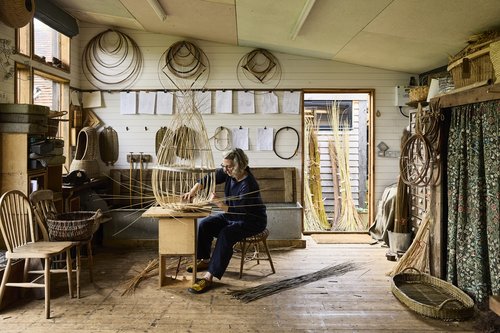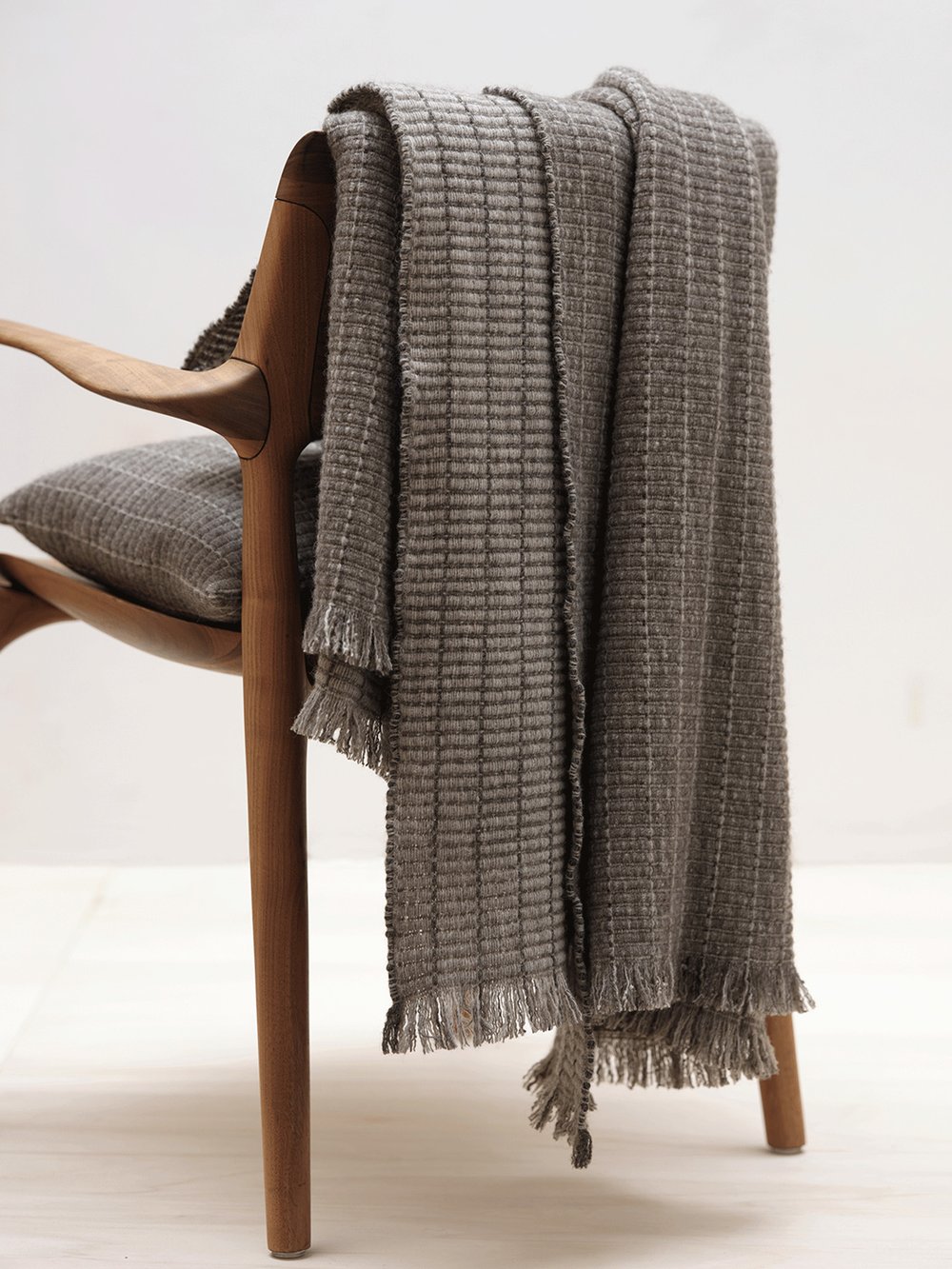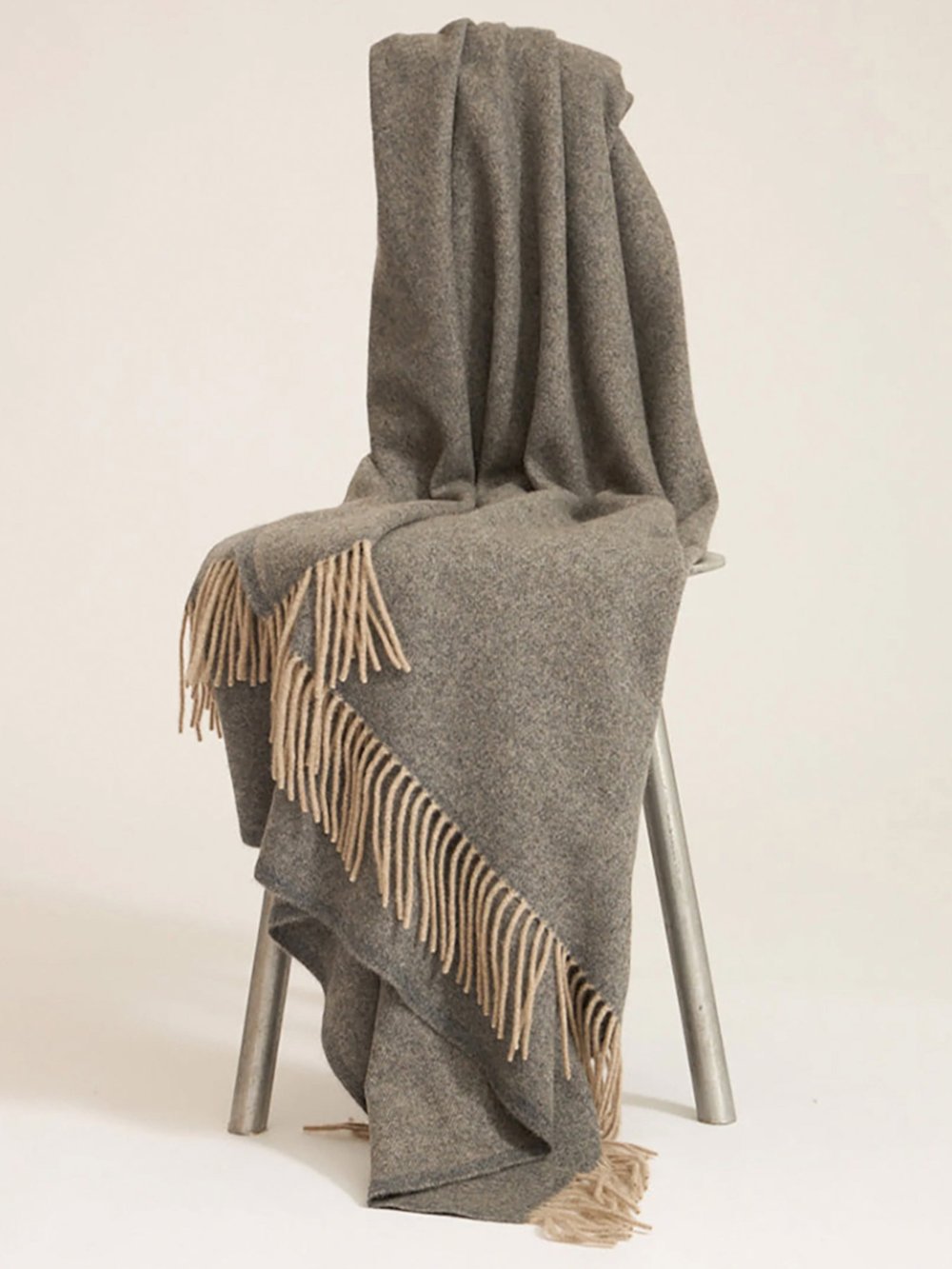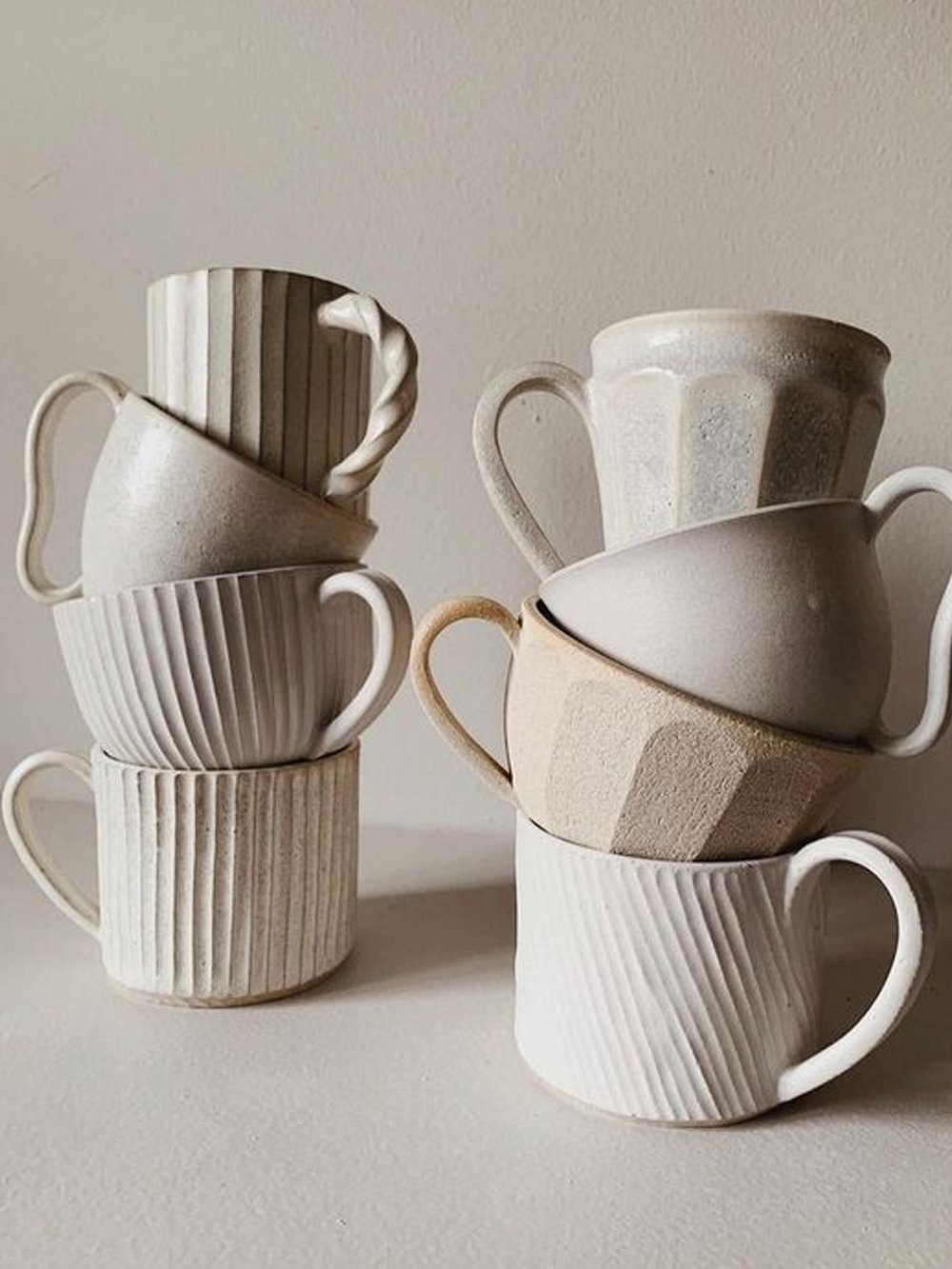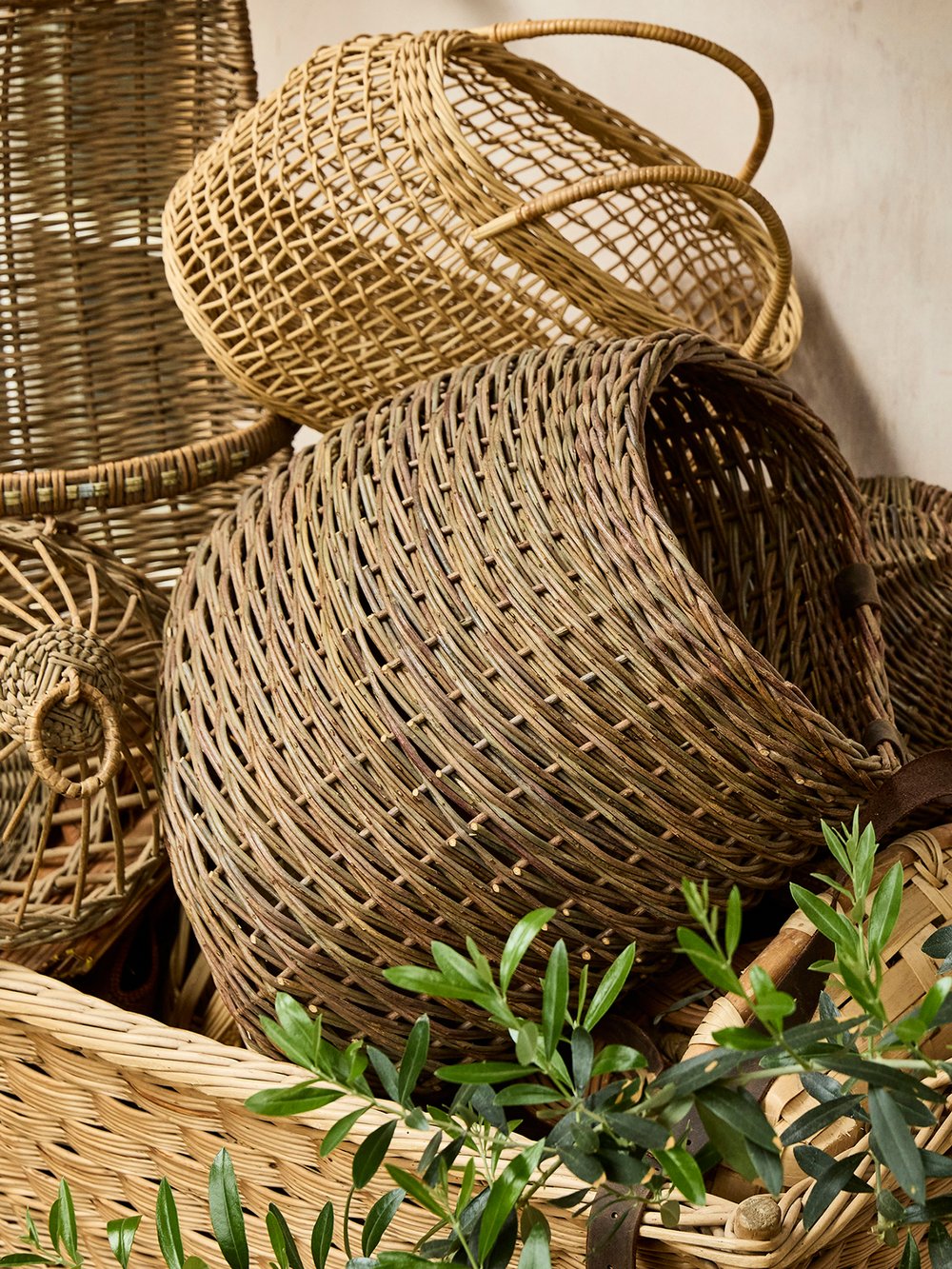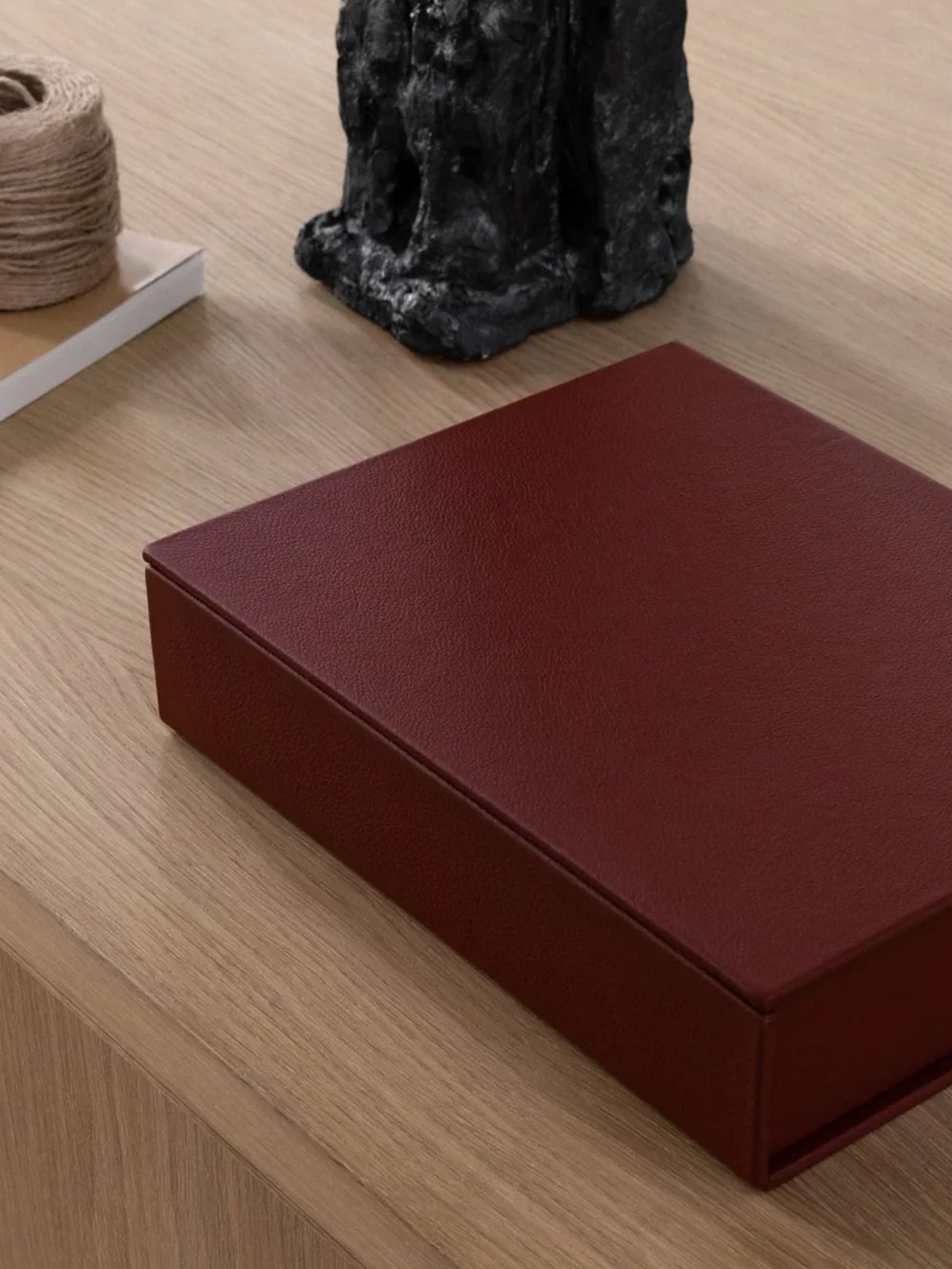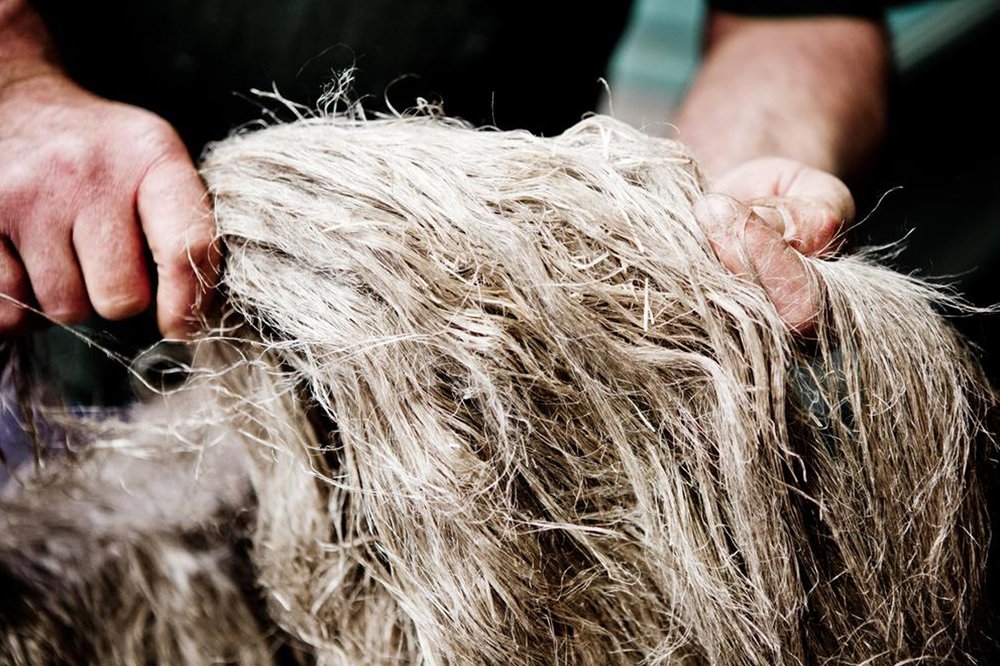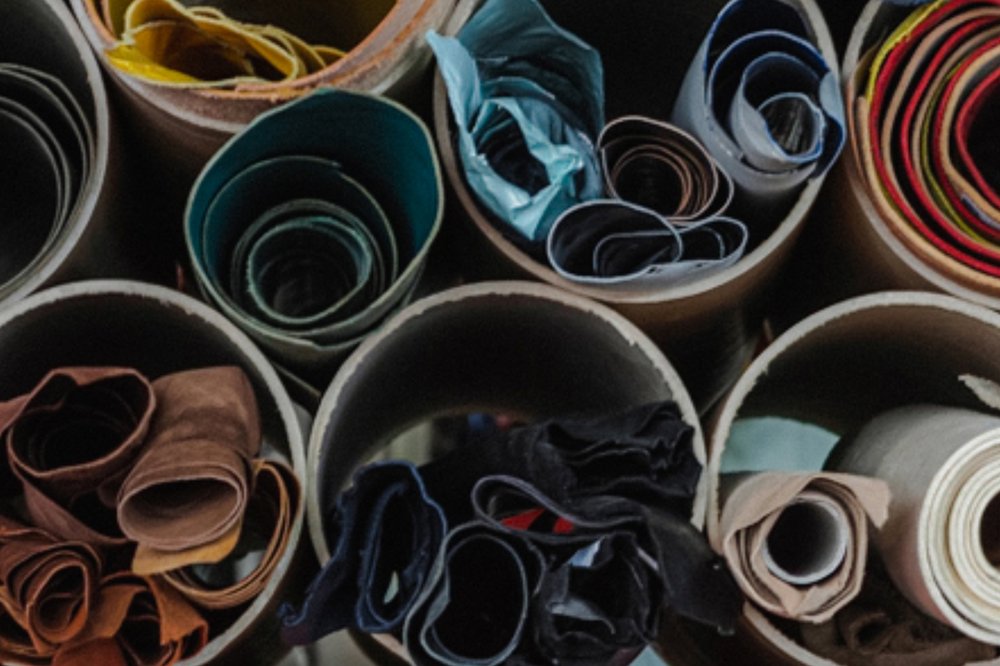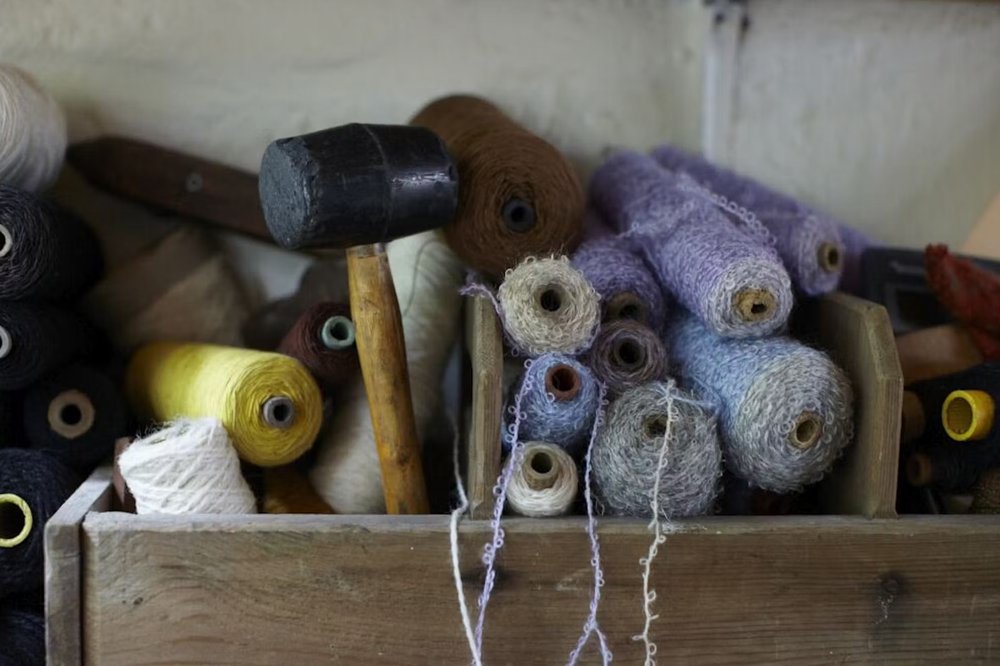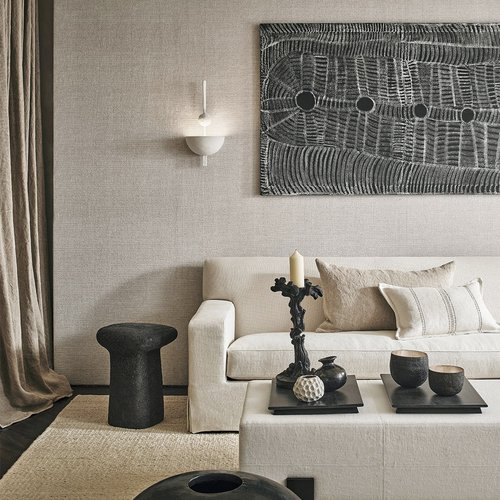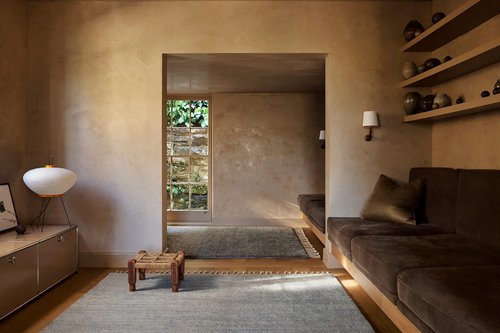Ceramics
Clay is a foundational material in ceramics, derived from the earth and fired at high temperatures to create durable, lasting pieces. What makes ceramics so compelling is their geographical uniqueness: different regions are known for particular types of clay, each with its own distinctive properties. For instance, porcelain, known for its delicate, almost translucent appearance, originated in China over 2,000 years ago. Chinese artisans discovered how to create fine porcelain from kaolin clay, a pure, white mineral, and feldspar, a mineral that aids in the melting process during firing, leading to the production of exquisite pieces that became highly sought after worldwide after samples of kaolin were sent to Europe by a French Jesuit missionary in around 1700. This sparked a new era of porcelain production in the West, with European potters eager to replicate the prized Chinese ceramics.
In Japan, raku pottery has a history closely tied to the Zen Buddhist tea ceremony. Raku is prized for its simplicity and irregularity, with each piece being shaped by hand and quickly removed from the kiln while still red-hot, resulting in a unique and unpredictable finish. This method has been practiced for centuries and is still embraced by Japanese artisans who appreciate the philosophy of imperfection and mindfulness embedded in the craft.
Ceramicists today are pushing the boundaries of traditional clay work by experimenting with new techniques, sustainable practices, and innovative glazes. Many are focusing on locally sourced and reclaimed clay to reduce environmental impact, while others are exploring contemporary forms of firing, such as soda or wood firing, to achieve unique textures and finishes. Artists are also blending age-old traditions with modern aesthetics, using clay as a medium for social commentary or artistic expression, making ceramics both functional and an evolving art form.
